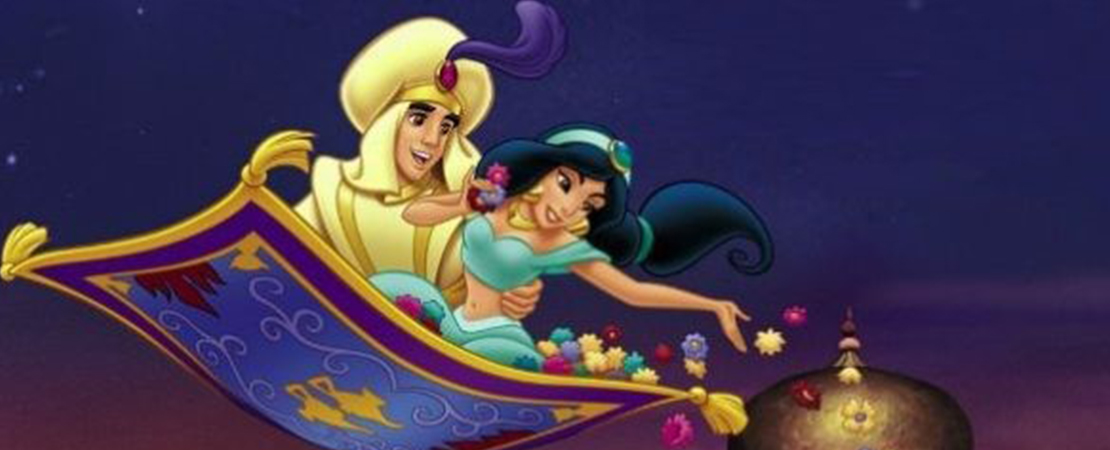The flying carpet has long been a device used in folklore to permit the protagonist (or antagonist) to achieve their mysterious devices as fast as possible. This legendary flying carpet is an integral part of stories in the Eastern World, appearing in ancient Jewish texts, the Arabian One Thousand and One Nights, and most recently in Disney’s Aladdin.
Known manuscripts of the Arabian One Thousand and One Nights date back as far as the ninth century. The collection of Arabian folklore is told mainly by the Queen Scheherazade and other characters of her court. Here, the magic textile is introduced in the tale of an Indian prince named Hussain who travels to the area then known as Bisnagar.

Legend has it that the Queen of Sheba gifted King Solomon a and gold flying carpet studded with precious jewels, as a token of her love. It is said that a flying carpet was woven on an ordinary loom, but its dyes held spectacular powers. Made from a special type of clay with magnetic properties (and since the earth is a magnet) it held the ability to hover several hundreds of feet above the ground.
Other stories say it was God who bestowed Solomon with the magic carpet. The carpet flew swiftly, bringing Solomon from Damascus to Media in just a few hours. The iconic carpet was extremely large, with room for up to 40,000 men. Then one day, God became irritated by Solomon’s pride-fullness. God shook the carpet in the wind, sending all 40,000 men into the air, and presumably to their deaths.
In nearly all the legends and folklore, the magic carpet is used to portray the power of the carpet’s master. Solomon was one of the most powerful, most legendary Jewish kings. With the carpet, he was able to travel vast distances as well as transport armies. It seems to be a metaphor for his power and reach, though it also shows that the man is just that – a man, and he is not infallible to the forces of nature or the divine.




